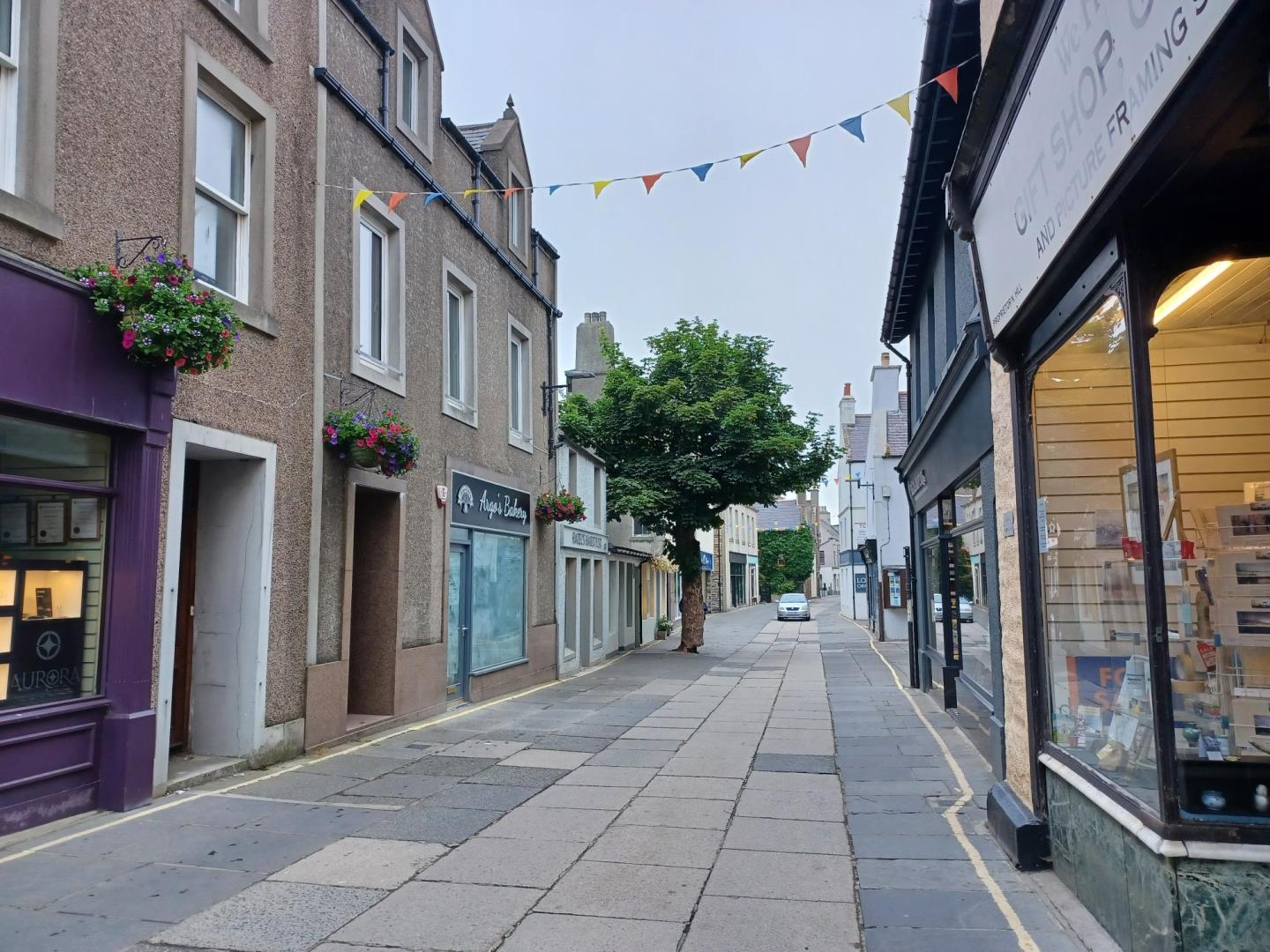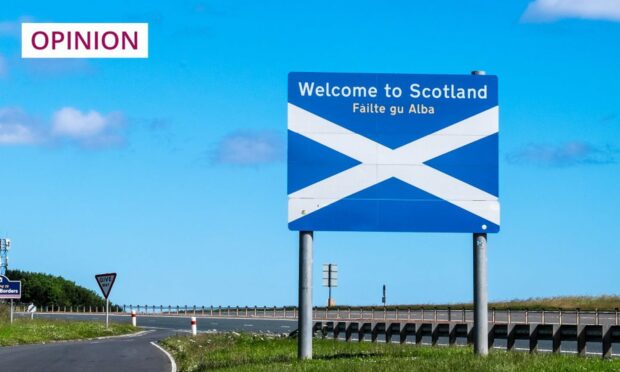Seeing as the shinty season starts a week on Saturday (March 5), let’s talk about rivalries.
Not the ones that lead to distrust and war (that’s imperialism), but those that hone the skills of different communities. The kind where, if one village sees another village making itself beautiful with flowers, picks up the spade and plants trees and improves itself.
The nearer the rivalry the better. Such as that between the great shinty giants, Kingussie and Newtonmore. For any Newtonmore readers, I haven’t shown any preference for Kingussie – I’ve just put you in alphabetical order.
Although, in Gaelic, it works the other way round – Bail’ Ùr an t-Sleìbh (Newtonmore) and Ceann a’ Ghiùthsaidh (Kingussie). Hopefully that means I will get safely out of both towns next time I call by.

It’s a tremendous rivalry. A dear, now deceased, friend of mine, Bill Ramsey, told me a great story about the two villages, which sit about three miles apart. Bill was born and brought up in Kingussie and he told me that, in his childhood, Kingussie had the secondary school (it still does), which meant that the Newtonmore boys and girls had to come into the other town for their education.
In those days, Bill told me, everyone sat what was called the Qualifying Examination and, if they passed, they were then given two rewards: they could go on to the secondary school (in Kingussie) and – much more importantly – were given a free bicycle to get there, as part of the bursary. Bill remembered walking from his home in Kingussie to the school and behind them they could hear the Newtonmore teenagers cycling in.
“For some reason,” Bill said with a smile, “It was always girls who passed the Qualifying, so they would cycle into town, rain, hail, snow or shine. Even when it was snowing a blizzard, along would cycle the Newtonmore lassies, shouting to us as they went by: ‘The sun’s shining in Newtonmore!’ Of course it was, for it always shone there.”
Are you an Uppie or a Doonie?
I suppose the famous Christmas and New Year Kirkwall Ba’, in which the Uppies contest against the Doonies in a mass game of “football” is as good an example of friendly, fun rivalry as you can get. It’s collective, which makes it even better.
Whether you are an Uppie or a Doonie depends on whether you were born to the north of St Magnus’s Cathedral (that makes you a Doonie) or to the south of the Cathedral, which makes you an Uppie. Though these days, for those not lucky enough to have been born in Kirwall itself, family allegiance will do.
So, if you were born in Kathmandu, for example, but your great-granny was born south of St Magnus, your allegience would lie with the Uppies.
We used to play the same way at primary school in Uist. “Deas an-aghaidh tuath” – “south versus north”, which meant that those living south of the school made one team and those north of the school the other team.
It taught us geography and sloinnidhean (genealogies) and family roots. You soon knew who lived where and who they belonged to. If you lived on the borderline you could choose: inevitably, the winning team.
Collective identity is key
I suppose all these local rivalries establish a wider sense of identity and place. A local shinty or football or cricket or rugby or swimming or whatever team helps to forge a collective sense of belonging: that you are part of something bigger than yourself and your own family.
For that reason alone, they are hugely important. Once a local community loses its sense of collective identity, it begins to become swallowed up in the larger, more distant world.
Without young people, no local school, no local teams, no sound of playing in the glens
While there’s a local shop and local post office and local church and local school and local shinty team and local football team and so on, folk meet and connect. The community they play in becomes the community they are. When these local services and teams vanish, local communties weaken.
Too many rural Scottish communities are losing their young people because of the price of houses, which they can’t afford to rent or buy, and because of lack of jobs. Without young people, no local school, no local teams, no sound of playing in the glens.
Give them land and housing and these young people will have a roof over heads and a corner of the earth on which to grow their own food and raise their own families. Then they can play, north versus south, east opposite west, up against down, until they all win.
Angus Peter Campbell is an award-winning writer and actor from Uist








